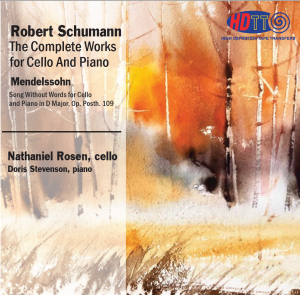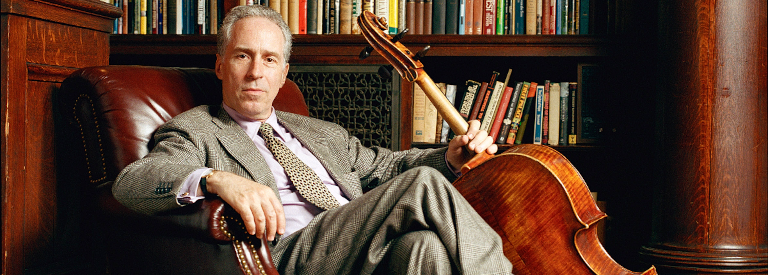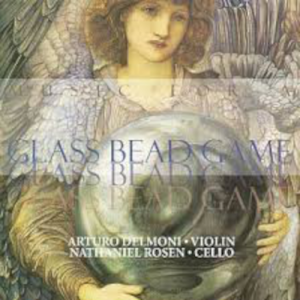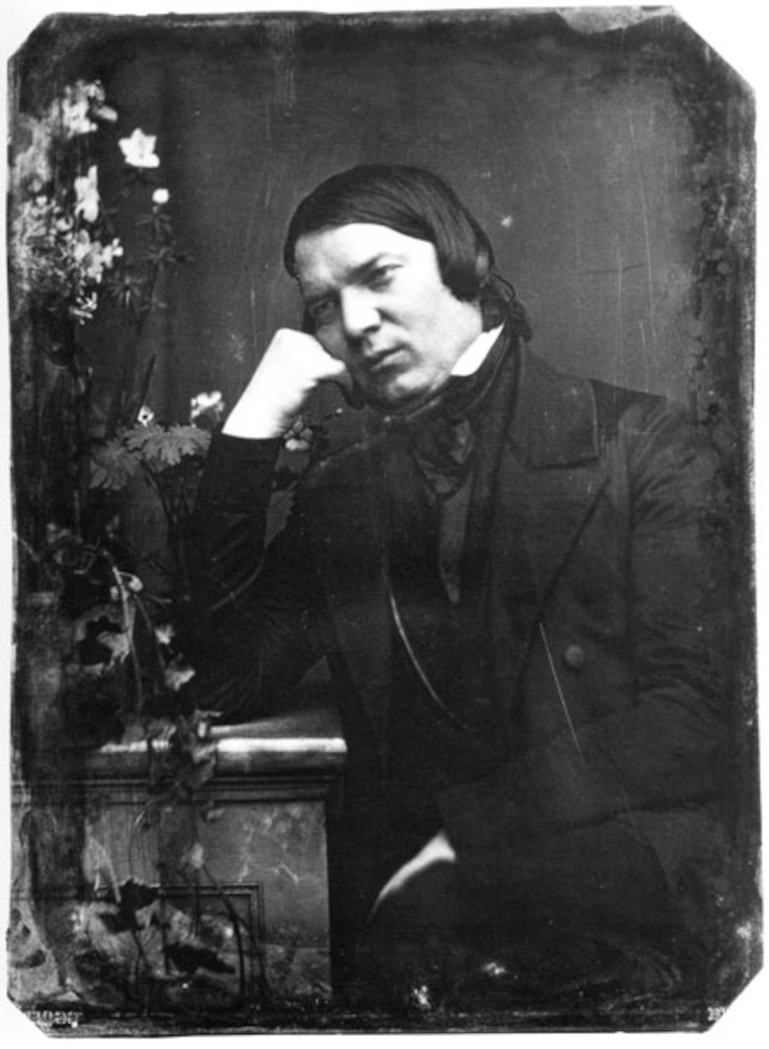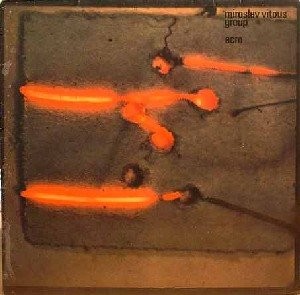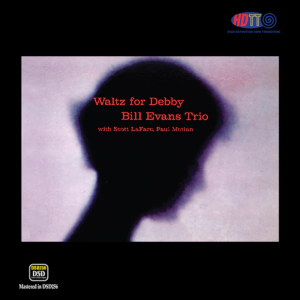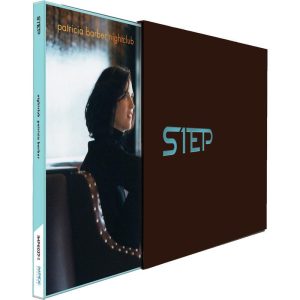Nathaniel Rosen is one of those rare artists whose playing captivates me for hours on end. There is a remarkable depth, intelligence and empathy to his playing. He is a simply immersive cellist whose performances are full of nuance, color, and imaginative flair. Listening today to his Schumann Complete Works for Cello and Piano, with Doris Stevenson on piano, was a soul gratifying experience.
Schumann's Complete Works for Cello and Piano, Nathaniel Rosen, cello, Doris Stevenson, piano, High Definition Tape Transfers (2021 (24-352) HERE
Originally recorded by Desmar Records and released in 1978, this is a transfer from the original master tape to DXD (24-352.8). It is the first of several Desmar recordings that High Definition Tape Transfers will be releasing from the Desmar tapes, and it's a superb introduction to these recordings.
Desmar Records was an independent classical label in the late 1970s, and they created an LP catalog of distinction. Though the label was short lived, the recordings were of very high quality and included such artists as conductor Leopold Stokowkski, cellist Nathaniel Rosen, flutist Julius Baker, harpsichordists Fernando Valenti and Lionel Party, clarinetist Richard Stoltzman, and an array of great pianists, including Claudio Arrau, Harold Bauer, Richard Goode, Joseph Hofmann, and Alicia de Larrocha. Bob Witrak thanks John Marks for assistance in getting access to the Desmar tape catalog to make this, and planned future releases, in high definition digital transfers.
Rosen is perhaps under-represented on recordings, but his professional career as a soloist and chamber player has been robust. I first encountered his playing quite late in the absolutely wonderful Orientale, Romantic Music for Cello, released as a limited edition 2-LP set by North Star Records (NS 0027) in 1991. The later CD release does not begin to do justice to the underlying recording.
And then I found myself totally captivated by the 1997 release of Music for a Glass Bead Game, an intriguing interplay of the music of Kodaly, Bach and Martinu, with Arturo Delmoni (violin), on John Marks Records (JMR15). Alas, this was only released on CD. Should a high resolution release of this recording ever materialize, please let me know!
Rosen's series of miniatures, Reverie - Romantic Music For Quiet Times, also with Doris Stevenson and a far too brief contribution by Arturo Delmoni, was released by John Marks Records in 1996. And again, I'd love to learn that John Marks is able to release this in a high resolution format at some point.
By the time I first discovered him, Rosen was well into his career as a founding member of the Los Angeles Chamber Orchestra while at the University of Southern California, where he studied with legendary cellist Gregor Piatigorsky and later became Piatigorsky's teaching assistant. In 1977 he became the principal cellist for the Pittsburgh Symphony Orchestra under Andre Previn. And in 1978 he won the Gold Medal in the International Tchaikovsky Competition, the first American to do so since Van Cliburn.
This launched his professional career as an international soloist. That career has included solo appearances with, among others, the New York Philharmonic, Los Angeles Philharmonic, Czech Philharmonic, London Symphony, Philadelphia Orchestra, Dresden Philharmonic, and Leipzig Gewandhaus, as well as participation in major chamber music festivals including Marlboro Music Festival, Casals Festival, Manchester Music Festival, Sitka Festival (where he was a founder) and Park City International Festival.
The liner notes state that the recording date and venue are unknown. Mr. Rosen recalls that they were recorded at some point prior to 1978, the year that he won first place in the International Tchaikovsky Competition in Moscow. He is heard playing his magnificent 1738 Domenico Montagnana cello, one of whose previous owners was François Servais (1807-1866), who invented the cello endpin in standard use today. Rosen acquired this important instrument in 1972.
Rosen's playing is never flashy. He often plays with long expansive lines, with a gratifying fullness of tone filled with expressive nuance. Pianist Doris Stevenson is a prefect performance companion; the two playing sympathetically and always in alignment with each other.
Doris Stevenson is a superb pianist. She has soloed with the Boston Pops and played at Carnegie Hall and Alice Tully Hall in New York, the Kennedy Center in Washington D.C., Salle Pleyel in Paris and Suntory Hall in Tokyo. She has been a sought-after partner with some of the leading string players, including, in addition to Nathaniel Rosen, Gregor Piatigorsky, Ruggiero Ricci, Henri Temianka, and Paul Tortelier. Early in her career she was invited to play with Heifetz and Piatigorsky, and she was pianist for the cello master classes of Piatigorsky, who described her as "an artist of the highest order." She is a founding member of the Sitka Summer Music Festival in Alaska and has participated in many other chamber music festivals, including the Grand Canyon Festival, Steamboat Springs. Her multiple recordings with Nathaniel Rosen readily reflect her sensitivity for both the music and her musical partner.
This album of Robert Schumann's (1810-1856) complete works for cello brings together works that Schumann wrote during a productive period composing music specifically designed for the home market: Hausmusik. These were compositions meant to be appreciated by amateurs making music in their own homes. Of the pieces performed here, only the Five Pieces in Folk Style, Op102, was originally composed specifically for cello. The other pieces were composed for clarinet or horn with the intention by Schumann that they could alternatively be performed on cello, as here. Clearly a recognition of the need to provide music that could be played by whatever instruments were available to the household.
Daguerreotype of Robert Schumann from March 1850 (Creative Commons)
Robert Schumann circa 1939—the younger Romantic (Creative Commons)
The album opens with a very fine performance of the Fantasiestucke, Op.73 (1849), three fantasies that come from one of the happier periods in Schumann's career. Originally for clarinet and piano, Schumann indicated that the clarinet part could also be played by viola or cello, and it has become a mainstay of the cello repertoire. While the Fantasiestucke contains three separate pieces, they are highly unified and intended to be played as a group. The work opens dreamily and with a bit of melancholy; the next piece is playful, upbeat and energetic; and the concluding piece drives into a frenzy of outpouring energy with the performers stretched by the tempo markings of "faster and faster" leading to a triumphant close. As always with Rosen, the energy is translated into expansive long lines that flow with resonance and feeling, power that is never out of control. Good stuff, this!
Following the triumphant close of Fantasiestucke, Rosen and Stevenson bring us to a bit of mental relaxation with the forever beautiful Adagio and Allegro, op70 (1849), originally written for horn but also scored for cello or viola. Schumann reportedly thought at first to title the work "Romance and Allegro" but then decided upon Adagio and Allegro. Shortly after this work was completed, Clara Schumann commented that it was "just the sort of piece that I like, brilliant, fresh and passionate." (Wikipedia)
The Five Pieces in Folk Style, Op102, were composed originally for the cello. They are accessible works filled with freshness and charming in its simplicity, but challenging to execute well. They are nicely suited for Rosen's ability to communicate with tone and meaning. While the title refers to "folk style," Schumann does not imbue these with any particular "folk" tradition—but they do have a folk-like flavor.
The album concludes with Mendelssohn's well known, and well loved, Song Without Words. Beautifully played.
The transfer to DXD from the original Desmar reel-to-reel tape is up to HDTT's usual high standards. The sound is open and clear, with excellent extension and resolution.
Comments about this first release are tantalizing, indeed: "HDTT is privileged to bring a number of Rosen's stunning recordings back into release in hi-def formats, including his two excellent recordings for Desmar and some of his subsequent recordings, by special arrangement with the distinguished audiophile label, John Marks Records. Releases of some wonderful live recordings are planned as well."
I am looking forward to these future releases. Well done and highly recommended!




